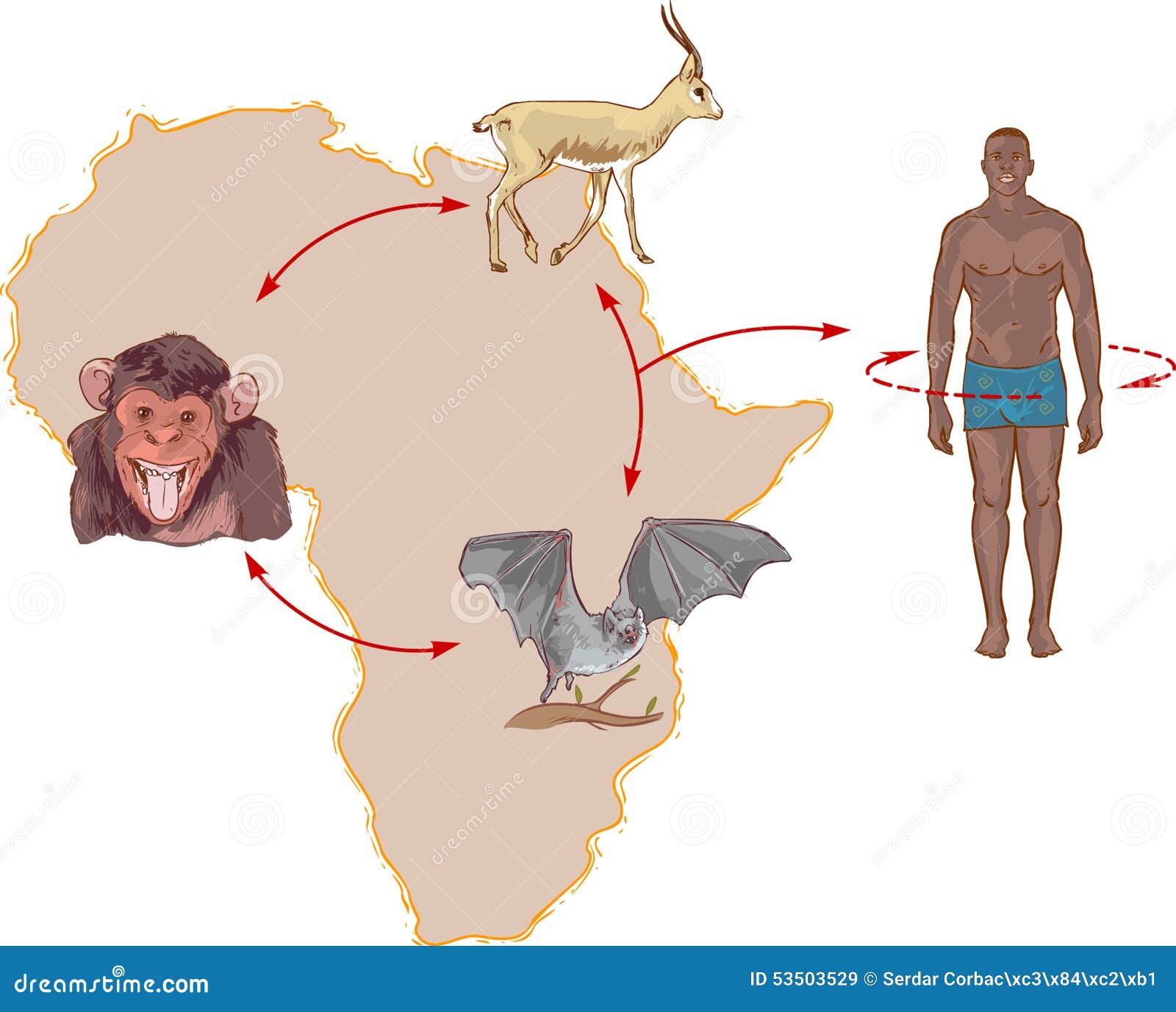
General members of the public are at low risk, but because of the severity of the disease, everyone has a role to play to prevent it from spreading. All workers also have the right to refuse work they feel is unsafe, or that they are not trained to perform safely. Appropriate personal protective equipment as well as training on its use and related procedures must be provided before an incident of potential exposure occurs. It is CUPE’s position that any worker that is likely to be exposed to the Ebola virus should be protected. There are currently no 100 per cent-proven treatments available for EVD. In extreme cases, blood transfusion and clotting agents have been used to reduce the negative effects of internal and external bleeding. Survival rates are greatly improved with the use of supportive treatments such as rehydration care with oral or intravenous fluids and the treatment of specific symptoms such as pain, nausea, fever, anxiety, and dialysis when there is kidney failure. Estimates of the fatality rate of people affected by EVD range from 50 to 90 per cent. TreatmentĬurrently, the prognosis of a person infected by EVD is poor. Though transmission from animals is possible, this is not a significant concern in North America. Only mammals (for example, humans, bats, monkeys, and apes) have shown the ability to become infected with and spread the virus. There is no evidence that mosquitoes or other insects can transmit Ebola virus. According to the CDC men who have recovered from the disease can still transmit the virus through their semen for up to three months after recovery from illness. People remain infectious as long as their blood and body fluids, including semen and breast milk, contain the virus. Aerosol-generating events include coughs, sneezes, profuse diarrhea or vomiting. However, activities that put an unaffected person close enough (one metre) to come into contact with the airborne contaminates from aerosol-generating events are at high risk of contracting EVD. The Centers for Disease Control and Prevention (CDC) report that Ebola is not spread through the air or by water. CUPE members who work as health care workers, first responders and in airline transportation are at the highest risk of exposure because they may come in contact with infected blood or body fluids of infected people before effective protocols are put into place. Transmission is most likely when EVD-infected people are symptomatic but not yet diagnosed.

bedding and clothing) contaminated with these fluids.

needles and syringes) that have been contaminated with the virus.

#Ebola ways of transmission skin
EVD can be transmitted via direct contact (through broken skin or mucous membranes of the eyes, nose or mouth) with: Person-to-person transmission from an infected individual is the most likely form of transmission in North America. EVD infections can only be confirmed through laboratory testing. Laboratory findings include low white blood cell and platelet counts, and elevated liver enzymes. The disease progresses to vomiting, diarrhoea, rash, symptoms of impaired kidney and liver function, and in some cases, both internal and external bleeding (e.g. The first symptoms are the sudden onset of fever, intense weakness and fatigue, muscle pain, headache and sore throat. Humans are not infectious until they develop symptoms. Recent studies have shown that 95 per cent of patients that become infected by an exposure to EVD will show symptoms in two to 21 days. The virus causing the 2014 West African outbreak belongs to the Zaire species. The Reston species is not associated with disease in humans. The first three species, Zaire, Bundibugyo, and Sudan, have been associated with large outbreaks in Africa. There are five known species of Ebola: Zaire, Bundibugyo, Sudan, Taï Forest and Reston. BackgroundĮVD was first identified in 1976 in two simultaneous outbreaks in Africa, including one near the Ebola river, where the disease got its name. They can lead to significant internal bleeding, organ failure, and are often fatal. Diseases that cause haemorrhagic fevers affect the body’s vascular system (how blood moves through the body). Ebola virus disease (EVD) is a severe disease that causes haemorrhagic fever in humans and animals.


 0 kommentar(er)
0 kommentar(er)
